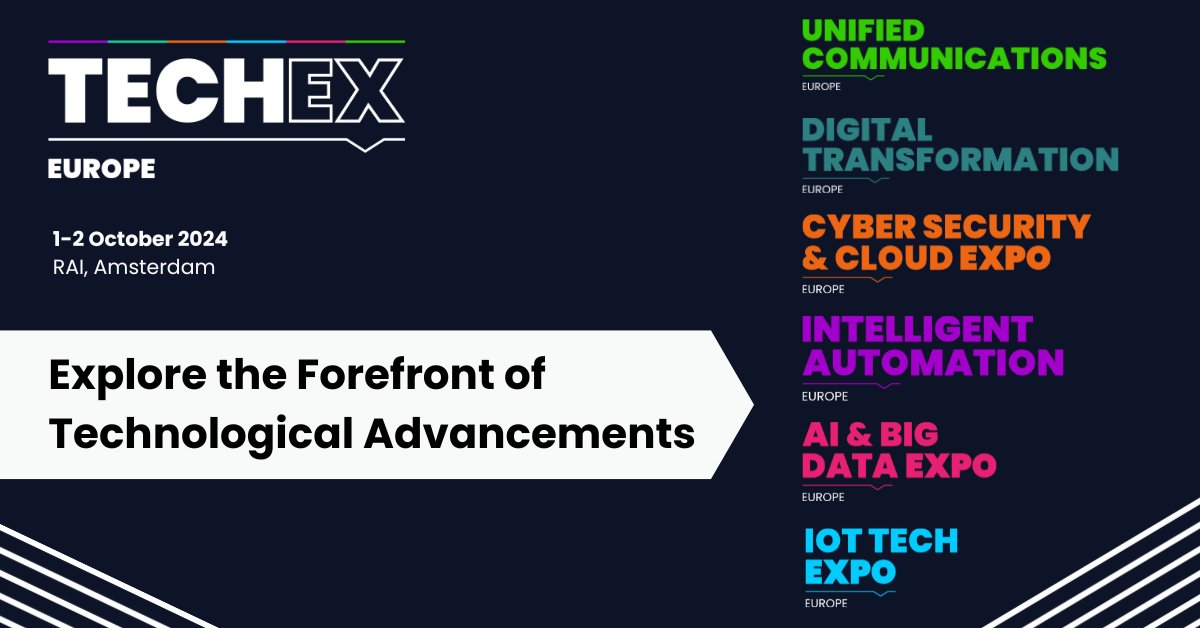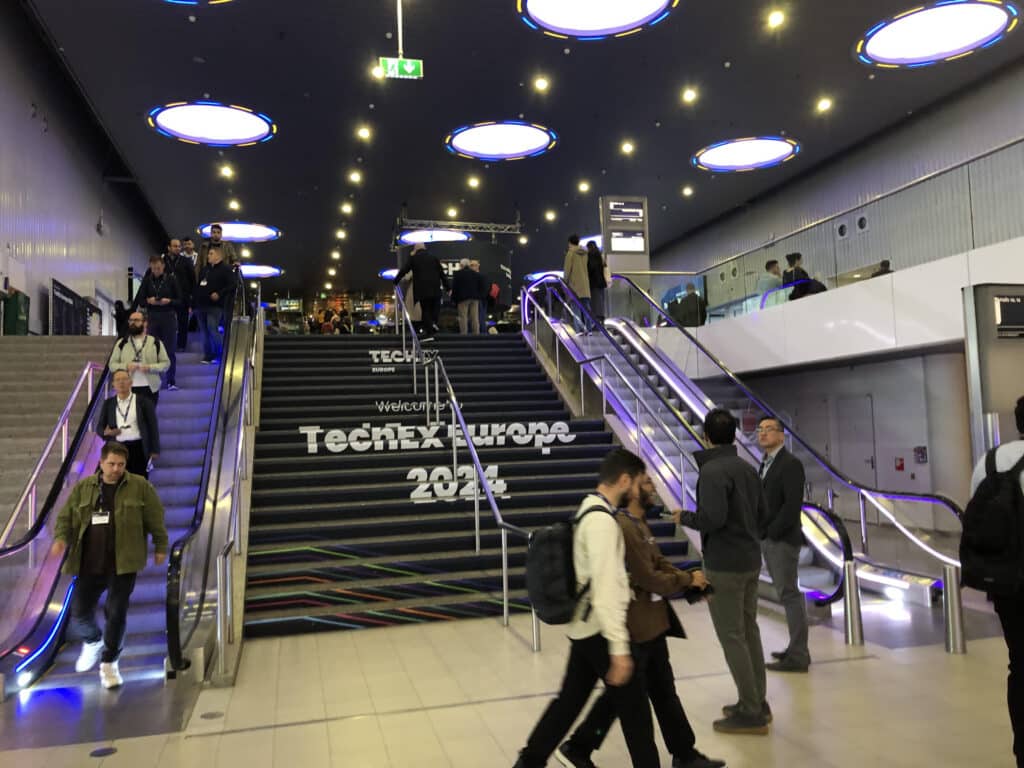
At TechEx 2024 in Amsterdam, industry leaders from LEGO and Whirlpool shared insights on how they are leading the charge regarding Industry 4.0 – while already enjoying significant payback. Meanwhile, on the exhibition floor, exhibiting companies are increasingly offering the “picks and shovels” to smaller operations that are unsure how to tap into the digital transformation gold rush.
One question was often asked during the European 2024 edition of TechEx 2024 in Amsterdam: “If you follow the saying ‘When you’re in a gold rush, sell picks and shovels’, who is selling those picks and shovels for Industry 4.0.?”

Who, indeed? The short answer is that fully nurturing ecosystems that get everyone digging into and applying their data to boost production and efficiency remain largely works-in-progress. Tech innovation in enterprise largely remains a Wild West, with no single player dominating the market and many parties offering many solutions.
Meanwhile, in the last two years, events like TechEx have been largely hijacked by speculative solutions that sought to leverage the potential (and hype) around generative AI. There’s now a definite feeling that this era is over, as people want to see more short-term returns. In other words, if you spend all that money on picks and shovels, you want to see some ROI gold.
Welcome to the new frontier.
Industry 4.0 Needs To Stake Its Claim
The adoption of Industry 4.0 technologies could be a lot faster, especially for SMEs. While most leaders recognize AI as a critical tech for growth and innovation, they generally lack confidence in the readiness of their data and workforce.
In other words, Industry 4.0 remains a tricky terrain for the smaller players to exploit fully. But at least they can learn from – and hopefully, be inspired by – the more prominent companies leading the charge.
Let’s Play! Lego Leads The Way!
Look at Lego. It’s a company with many luxuries. It’s family-owned and, as such, built on organic growth. Their product and their company are truly global and truly standardized. It also happens to be regarded by many as the most reputable company in the world. Plus, they make fantastic stuff – they’ve even just released a musical biopic about Pharrell Williams. What’s not to get excited about?
And if you just consider the fact that “it only takes 6 Lego bricks to create 915 million combinations,” the possibilities are indeed endless.
For his presentation ‘Revolutionize Your Operations: Unleash the Power of Digitalization and Innovation!’, Lego’s VP of Operations, Jesper Touboel, enthused how a sense of play infused the company’s efforts in applying data to foster fast and informed decision-making. At the core of these efforts is embracing condition-based maintenance – following an established TPM methodology so the wins can be carefully measured along the way.
“This may not be a maintenance conference,” notes Jesper. “But a lot of new knowledge is coming out of maintenance. Many of us, as engineers, were taught that you need to maintain everything in a certain way. But that’s complete rubbish because we over-maintain a lot.”
After some successful pilots, Lego is scaling its Global Maintenance Efficiency Program to fully and consistently embrace condition-based maintenance across all its facilities. “It really changes your philosophy around maintenance,” says Jesper. “We’ve already been able to extend the lifetime of our equipment significantly.”
But yes, “It’s always difficult to drive change. You need lots of training to make people part of the journey.”
Digital Twin!
There was standing room only at ‘The Digital Twin: An Essential Step In Industry 4.0,’ presented by Julien Bertolini, an IoT expert for Volvo. Perhaps the audience was lured by its description as a “real-life case study” about establishing a digital twin that could measure the performance of 15 Volvo Group factories around the world.
And indeed, large-scale scaling remains an eternal challenge for many. And Julien’s advice followed closely with those who have come before him:
– strong foundational strategy
– get your data house in order: quality is critical
– IT and OT have to bury the hatchet and collaborate
– clear use definitions
– find those scarce skilled professionals
A Smart Factory In Argentina
If scaling tech is not challenging enough, try doing it in Argentina’s famously struggling economy. Whirlpool, the kitchen and laundry company, did just that. And won.
In the presentation ‘Whirlpool’s South American Smart Factory,’ the senior manager behind the project, Alessandro Malucelli, described the efforts involved in building a state-of-the-art factory in this remarkably challenging context.
At the time, it was a time of high inflation and import restrictions. “If the country goes to the right, we’re going to have more market – to have an opportunity,” says Alessandro. “Left politicians intended to evaluate South American business, which means there could be an opportunity either way. So, we decided to face a storm to capture benefits later on.”
According to Alessandro, it took 22 months to build a highly agile and automated facility, and the resulting factory has already shown a 20% improvement. This was all thanks to closely following a World Class Manufacturing (WCM) program. Basically, another version of TPM, WCM was originally developed by the Japanese professor Hajime Yamashina as a management and continual improvement approach that aspires to build the best and most cost-effective products or services by involving those working at the facility.
Onward And Upward
Many larger companies are obviously having success with Industry 4.0 technologies. And the fact is they all started somewhere. So who will help supply and apply the required picks and shovels to manufacturers everywhere?
We’re ready. Let’s get to work.
Time for our pitch: Reach out to learn how Augury can set you on the road to Industry 4.0 payback.



